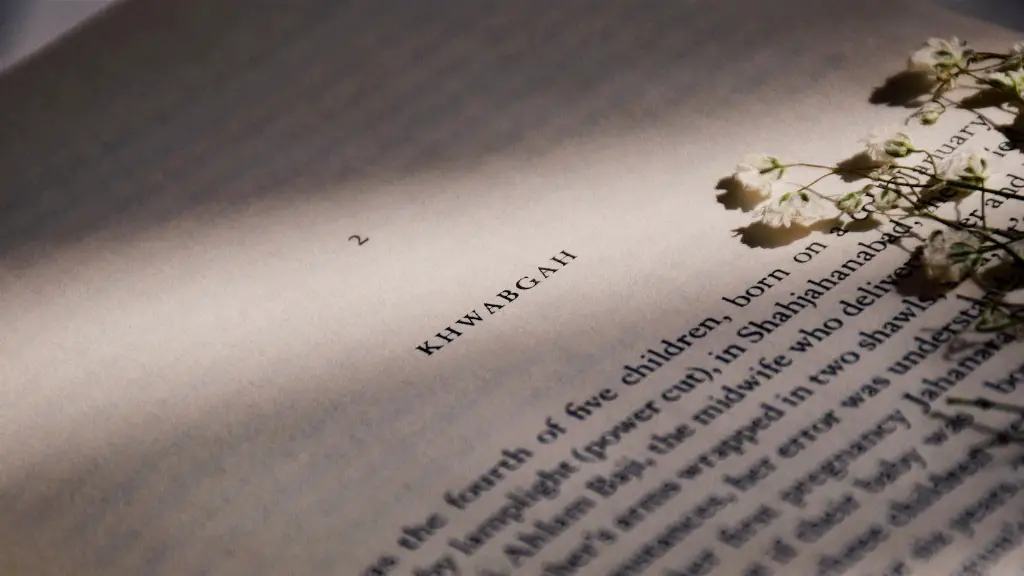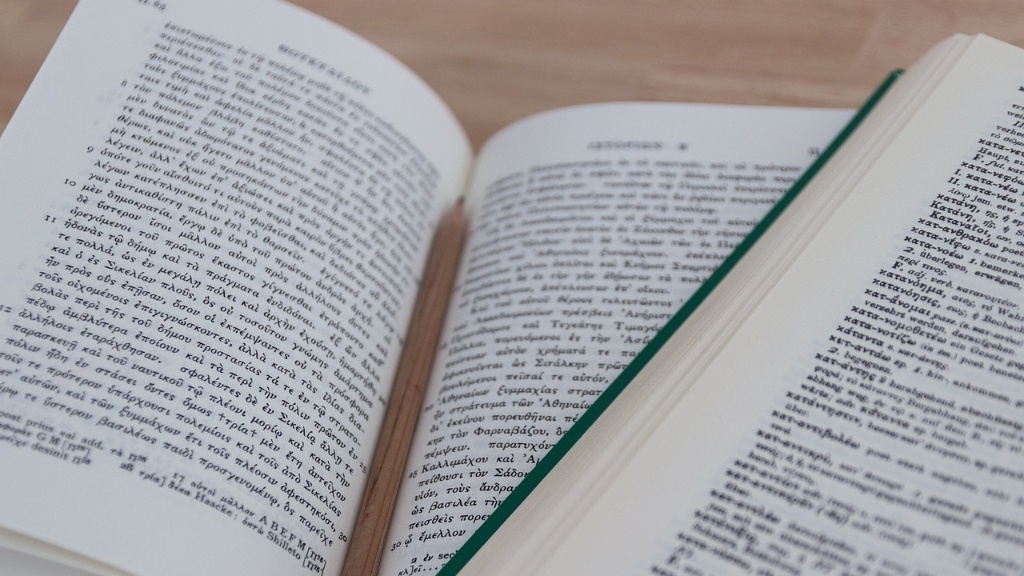Haiku is a form of poetry composed of just 17 syllables that has a long and rich history in Japan and China. The Haiku form originated in Japan during the Edo Period (1603-1868). The form flourished in Japan during the period of 19th and 20th century, when it became popular outside the country. In the West, the haiku is often seen as an aphoristic poem with a strong focus on nature and emotion.
In a Haiku poem, the structure is simple. It consists of three lines containing five, seven, and five syllables respectively. Such categories are often made in words with fewer than 17 syllables being counted as one syllable, and more than one syllable being counted as more. The vast majority of Haiku poems focus on some aspect of nature to convey its seasonal character. Haiku is often composed as a single phrase, sometimes linking together two images to suggest a third, deeper meaning. Haiku are usually deceptively simple, but often carry complex depths of meaning. They make use of language economicaly and imaginatively.
Haiku poets often make use of kigo, or “season words”, in their works. These are terms which signal the season in which the haiku is set. By repeating seasonal words from poem to poem, the poets create a strong connection between themselves, the seasons, and their readers. As well as the set of seasonal words, there are other words and phrases which are used to signify specific places, times, or directions inside the haiku. For example, a poem will often use a precise reference to a direction such as “the northern wind”. Such words act as symbols in the poem, and can be interpreted in multiple ways.
The haiku form combines simple language with deep emotion and a subtle power that speaks to readers and listeners alike. This is because haiku poems by their nature require a certain amount of contemplation, as the reader needs to sift through the minimalistic language in order to find the underlying meaning. This encourages the reader to think deeply about what the poem is trying to convey and allows them to draw their own conclusions. As the reader engages with the poem and the language of the poem to investigate the images and ideas within, the poem begins to take on a life of its own.
Due to its short length, a Haiku poem can often appear so simple that it lacks meaning, as if it were a kind of fortune cookie filled with personalised advice or prophecy. Yet, such simple poems can carry a great amount of emotion. For example, many haiku composed by the greatest haiku poets such as Matsuo Basho, Sōseki Natsume, and Yosa Buson are on the surface quite simple but manage to communicate powerful emotions such as joy, sadness, and longing.
Rhyming in Haiku Poetry
Haiku poems do not typically use rhyme, as this form is more focused on the structure and meaning of the phrase rather than sounding a certain way. That said, some authors have experimented with the form by introducing elements of rhyme into their compositions. This can add an additional layer of complexity to the poem, as the reader is drawn to the meaning of the words as well as the sound of the rhyme.
Rhyming in haiku also serves to emphasise the importance of the seasonal words that are so often used in haiku. This is because, when combined with rhyme, these words become more noticeable and therefore more powerful. Rhyme also helps to bring a sense of cohesion to a haiku poem, and helps to drive the reader’s understanding of the poem’s meaning.
It is possible to use rhyme in Haiku poems without compromising the form. In fact, many poets have done so successfully, so that the rhythm of words can merge with the structure of the poem to create a more powerful piece of writing. In order to do this effectively, the poet must be familiar with the art of haiku and be able to craft the words of each line to convey the proper emotion and meaning.
The 5-7-5 Format
The 5-7-5 format is the most recognizable form of haiku and the most widely practiced. This format has been the cornerstone of haiku for centuries and is still widely used today. In this well-known structure, the first and last line contain five syllables and the second line has seven. This format is simple and elegant and allows the poet to focus on finding the right words to convey the desired emotion into the poem.
Most haiku poems today use the 5-7-5 form. This format is the most compact form of haiku and allows the writer to get to the point without having to go to the extra effort of writing longer lines. The 5-7-5 format also helps to decrease the amount of complexity within the poem. By limiting the length of each line, the poet can focus on conveying the main point or emotion of the poem in fewer words.
The 5-7-5 form is also useful for new poets who may not yet be comfortable with the intricacies of the language and imagery that is found in haiku. By keeping the structure simple, new poets can focus on writing a poem that conveys their thoughts and emotions without having to worry too much about the form or structure.
The Role of the Reader in Haiku
The role of the reader in haiku is important in order for the poem to reach its full potential. The reader must be able to interpret the words, penetrate layers of meaning and be moved by the beauty of the haiku. To be moved by a haiku, the reader needs to understand the images, symbols and emotions that the author has chosen to express. The reader must also be able to discern any hidden meaning in the poem and ponder the implications of the writer’s words.
In order to understand the poem, the reader needs to be patient and willing to accept the poem on its own terms. The reader must be able to slow down and savor the poem, pondering the words in order to penetrate the surface meaning and get to the deeper layers below. By doing this, the reader can come to appreciate the subtlety and beauty of the haiku.
At the same time, the reader must allow the poem to speak to them directly. It is important for the reader to keep an open mind and allow the poem to speak for itself. By doing this, the reader can let the poem move them in the same way that the author intended. In this way, the power of the haiku is realized and the reader is given the opportunity to experience the full range of emotions that the poem has to offer.
Historical Roots of Haiku Poetry
Haiku poetry dates all the way back to the early 17th century in Japan and originated as part of mortal combat poetry. After the Edo period (1603-1868) haiku was recognised as its own art form, and began to flourish in the 18th century. During the 19th and 20th centuries haiku spread to the West, where it has gained in popularity. Its increased presence came with a focus more on nature, emotion, symbolism and the inner truth that haiku can convey.
Today, haiku is one of the most widely-practiced and beloved forms of poetry in the world. Its deceptively simple structure lends itself to beautiful and powerful imagery, allowing for haiku poets to explore and express complex emotions in just a few words.
Haiku can also be seen as a kind of mini-meditation, to both the poet who composes it and the reader who takes it in. A haiku can bring clarity of thought and feeling, and can lead to personal understanding and illumination. By taking the time to be thoughtful and reflective, the reader can appreciate and learn from the poem and gain an insight into their own thought process.
The Purpose of Haiku
Haiku is a form of poetry that emphasizes shortness, simplicity and brevity. These are qualities that are now valued by many people in today’s busy world, because a succinct message can be more impactful than a long-winded one. Haiku also encourages the poet to explore and express their emotions and thoughts in a meaningful and concise manner.
The purpose of haiku is to take the reader on a journey. The structure of the poem and its limited number of words helps to create a sense of anticipation and build tension. This creates a feeling of expectation and a sense of mystery that enables the reader to imagine what lies beyond the words of the poem, and leads them to make their own personal interpretations.
Haiku also serves as a form of self-expression. By writing a haiku, the poet can make use of thought-provoking language and imagery to convey feelings of joy, anger, sadness, and longing. Through this creative expression, the poet can find their own voice and explore their innermost thoughts and emotions.
The Appeal of Haiku Poetry
The power of haiku comes from its balance of simplicity and complexity. While the structure of a haiku is simple and straightforward, the poet must still be conscious of the words they use and the meaning they are trying to convey. This has the effect of making the poem both easy to understand, yet still mysterious and open to interpretation.
Another appealing aspect of haiku poetry is its universality. A haiku can be composed no matter where you are in the world, with no restriction on language or topic. This allows the poet to focus on their creative interpretation of any situation or event. Haiku also appeals to readers because it can be interpreted in multiple ways, allowing the reader to come to their own conclusions.
Haiku can also be seen as a kind of meditation. By reading a haiku or composing one, the poet can take a few moments to reflect on the themes of the poem and the emotions they are trying to express. This can help to bring a sense of clarity and peace to the reader and can be used as a way to explore one’s thoughts and feelings.
The Value of Writing Haiku
Although haiku is often seen as a simple form of poetry, it can also be difficult to compose. The poet must be creative, thoughtful and concise in order to create a powerful poem. This process can require practice and dedication, but it can also provide valuable insight into the poet’s inner thought process and the way they perceive the world.
Writing haiku can also provide a means of self-reflection and personal growth. By exploring one’s emotions and thoughts through writing, the poet can gain a deeper understanding of themselves and their place in the world. It can also provide a platform for exploring difficult topics and allowing the poet to come to terms with their thoughts and feelings.
Finally, writing haiku can be a form of personal expression. By creating a poem, the poet can express themselves, explore the world around them, and express complex emotions in just 17 syllables. This kind of expression can be liberating, allowing the poet to gain a deeper understanding of themselves and their personal journey.





